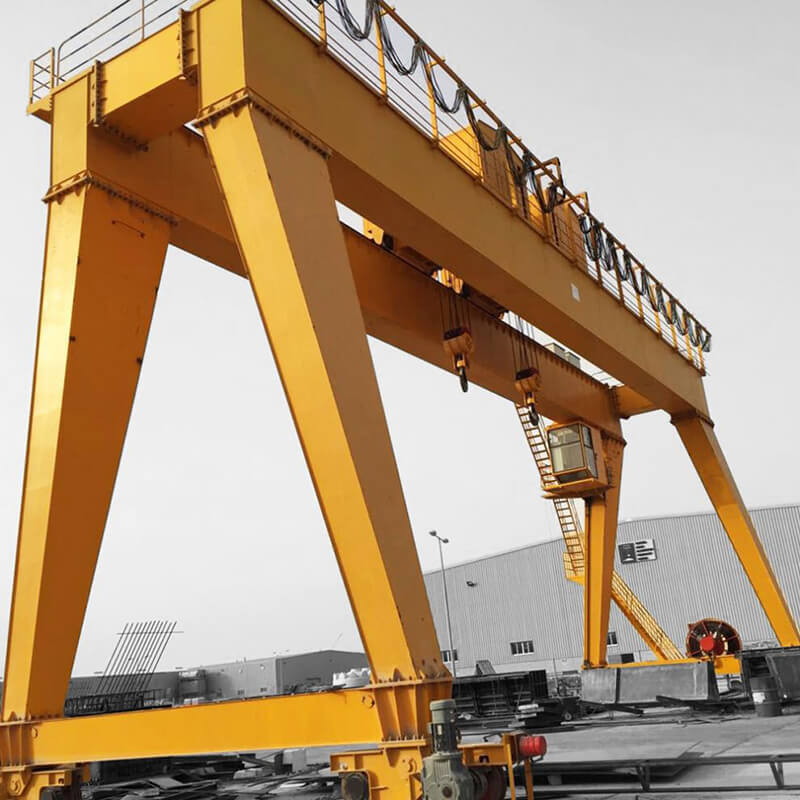Introduction to the lifting capacity of European cranes
The mass of heavy objects lifted by European cranes is called lifting capacity, and the rated lifting capacity refers to the mass of larger heavy objects that the crane is allowed to lift under normal operating conditions. Since the lifting capacity of a rotary type crane varies with the range, the larger lifting capacity at a smaller range is usually used as the rated lifting capacity. For cranes that use hooks and rings as retrieval devices, the rated lifting weight does not include the mass of the hook or ring, which refers to the mass of larger objects that are allowed to be lifted. For cranes that use grabbing buckets, electric disks, ladle (bucket), special spreaders, etc. as the retrieval device, the rated lifting capacity includes the quality of the retrieval device and the mass of lifting larger objects.
For cranes with larger lifting capacity, in addition to the main hook, there is also a secondary hook with smaller lifting capacity and high lifting speed. The lifting capacity of the auxiliary hook is generally 1/5 to 1/3 of that of the main hook, and should also comply with the series of lifting weight standards. For jib cranes, such as mobile cranes, tower cranes, portal cranes, etc., the rated lifting weight varies with the working range, and the larger value is called the larger lifting weight of the crane, which refers to the jib The greater lifting capacity of the main hook in a larger and smaller position. When a crane allows two hooks to work at the same time, the lifting capacity of the crane refers to the larger lifting capacity when the two hooks work together.
The lifting weight of the crane that lifts a piece of goods is determined according to the quality of the heavier goods to be lifted, and sometimes the plan of using two cranes to lift heavier goods together is also considered, so as not to make the selected European-style crane too heavy , Thus causing difficulties in the design, manufacturing, transportation and installation of the plant, wharf facilities, foundation carrying capacity and the crane itself.




